Today’s blog post is the eleventh in a series, the transcription of Nimrod Headington’s 1852 journal.
Trip to California, Nimrod Headington’s journal that details his 1852 voyage from New York to San Francisco, where he would stake his claim and pan for gold. [1] [2]
The ship set sail from New York on 16 February 1852 and rounded Cape Horn during the night of 4 May. Today’s installment begins as they sail toward the Equator, just a week away from the longest day of the year.
June 10th. We had fine sailing. The day was clear and bright sun shone. We headed northwest by west and ran 9 knots and hour.
June 11th. The wind still continues from the same direction. This is the eighth day that we had the wind from the same quarter. It did not vary one point in the five days our course was northwest. In latitude 19°24’.
June 13th. Sunday. The weather is very fine, and the same good old breeze sending our ship on its course. We spent the day reading the Bible and other useful books and singing songs. We had lots of good singers on board, and we made the fishes of the sea come up to the surface to see what the noise meant. Sometimes a hundred and fifty or two hundred would join in some chorus.
There was a man on board with two little children that were very interesting—a girl and a boy. The little boy’s name was Jack. I thought of my own little boy I had left at home. I would take him up often and imagine it was Charley. He had light hair and looked like my boy.
June 14th. We struck the southeast Trade Winds and had fine sailing, running 9 knots an hour in latitude 14°55’.
June 15th. Winds continued the same and running at same rate in latitude 12°18’, longitude 92°15’.
June 16th. Wind not quite so strong, but we ran 8 knots an hour. We had a lottery on that day. The prizes were gold watches. Now in latitude 10°9’, longitude 95°8’.
June 17th. We were sailing on with same Trade Winds, still heading northwest with wind right aft, running 10 knots and hour. The ship ran so steady that not a rope was changed during the day or night. The thermometer stood at 95° in latitude 8°15’, longitude 96°14’.
June 18th. The day was clear, and the sun was hot. Had it not been for the good breeze that still kept up, we should have suffered, for we had no awning up to keep the sun off of us. We saw a finback whale off our lee bow only a short distance from us. This was a different kind of the whale family from what we had seen before. Thermometer 80° in latitude 6°36’, longitude 98°17’.
June 19th. Our good wind still continued and increased in volume, and if there ever was a merry set of men, we of the ship Race Hound were among the merriest of all: after having rocked and tossed around Cape Horn, we began to think of the poem Whatever Is Is for the Best:
Wherefore repine at fortune’s frowns
Sorrow must be thy frequent guest
In every trial think of this:
Whatever is is for the best.
Despair not though thou seldom finds
From care a momentary rest
Press on in faith and fullest hope
Remembering all is for the best.
When sad misfortunes weigh you down
And dark forebodings haunt the breast
Be this thy beacon light through all
Whatever is is for the best.
Then trust in God if you would find
Beyond the great eternal rest
For orders he not all aright
Whatever is is for the best.
These lines were corresponded by my bunkmate Richard Bliss from Flint, Michigan, a capital good fellow and such a man as I love to meet on such a voyage as this. He was always cheerful and happy. Late this afternoon we had several squalls and light shower s of rain, but nothing serious happened.
June 20th. Sunday came, and the sun shone brightly—not a cloud in the heavens and a most glorious breeze from the west, which was cool. And it was so pleasant that all seemed to rejoice. The awning was spread to keep the sun off or else we should have suffered with heat. But with this and the cool wind that carried so rapidly along, we were quite comfortable. We spent the day in a variety of ways: some reading, some writing, some singing. As for myself, I spent the day reading the Bible, pacing to and from on the deck. My thoughts were constantly on home and the privileges they were enjoying in going to church or of visiting friends that beautiful day, while I was confined to the decks of a ship in the middle of the Pacific Ocean. This seemed the most like a Sabbath day of any day since the beginning of our voyage. The sailors were all still, and the passengers—those of them given to profanity—had in a great measure reformed since the death of so many of their fellow travelers who had fallen victim of a watery grave.
The thermometer stood at 90° in latitude 2°3’.
June 21st. Our winds were very light, the sky bright and clean. At 12 o’clock noon, we were within 29 miles of the equator and at the rate we are funning we will cross the line about 9 o’clock tonight. We saw a sperm whale close to our ship—the largest we had seen.
June 22nd. On this day the sun reaches its northern extremity and is 22 ½ degrees north of the equator and is the longest day in the year. It is called the ecliptic of the sun. About 10 o’clock our breeze set in a little stronger, and we began to make better speed. And at 12 o’clock we were 20 miles north of the equator. [3]
To be continued…
Nimrod again mentions the name of the ship they were sailing on—the Race Hound [Racehound].
Just this past week I received a very interesting letter from a reader whose great-great-grandfather Sam Durbin was also on the clipper ship Racehound with Nimrod. Sam Durbin, Nimrod Headington, and a couple others, all from Knox County, Ohio, were sailing on the Racehound. Durbin also wrote an account of his voyage to San Francisco and of his California Gold Rush adventures. How interesting to learn that there is another account of this same journey!
I will post Nimrod’s journal in increments, but not necessarily every week.
[1] Nimrod Headington at the age of 24, set sail from New York in February 1852, bound for San Francisco, California, to join the gold rush and to hopefully make his fortune. The Panama Canal had not been built at that time and he sailed around the tip of South America to reach the California coast. Nimrod Headington kept a diary of his 1852 journey and in 1905 he made a hand-written copy for his daughter Thetis O. Tate. This hand-written copy was eventually passed down to Nimrod’s great-great-granddaughter, Karen (Liffring) Hill (1955-2010). Karen was a book editor and during the last two years of her life she transcribed Nimrod’s journal. Nimrod’s journal, Trip to California, documents his travels between February of 1852 and spring of 1853.
[2] Nimrod Headington (1827-1913) was the son of Nicholas (1790-1856) and Ruth (Phillips) (1794-1865) Headington. He was born in Mt. Vernon, Knox County, Ohio, on 5 August 1827 and married Mary Ann McDonald (1829-1855) in Delaware County, Ohio, in 1849. Nimrod moved to Portland, Jay County, Indiana, by 1860 and during the Civil War served in the 34th Indiana Infantry as a Colonel, Lieutenant Colonel, and Major. Nimrod died 7 January 1913 and is buried in Green Park Cemetery, Portland. Nimrod Headington is my fourth great-granduncle, the brother of my fourth great-grandfather, William Headington (1815-1879).
[3] Nimrod Headington’s journal, transcription and photos courtesy of Ross Hill, 2019, used with permission.

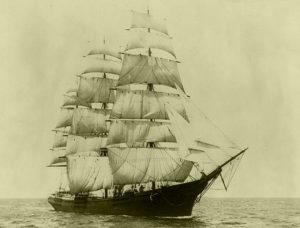
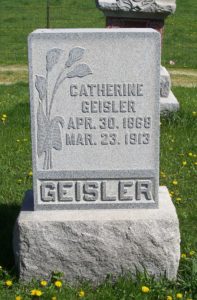
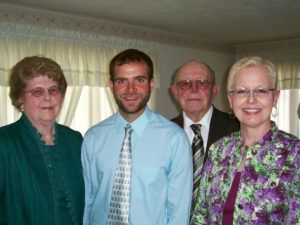
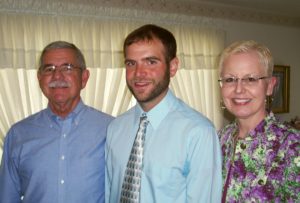
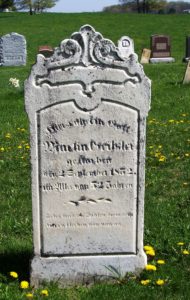
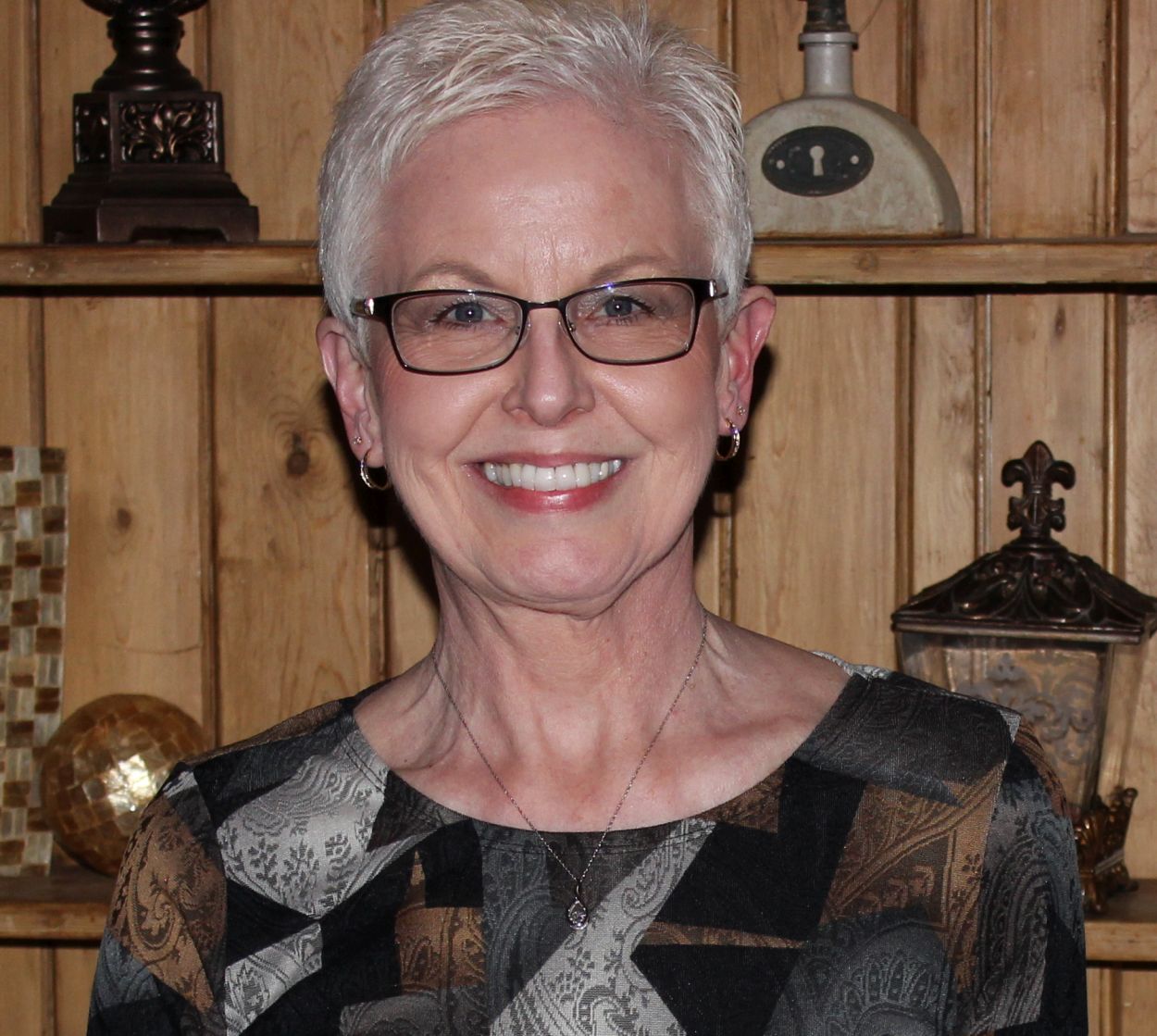
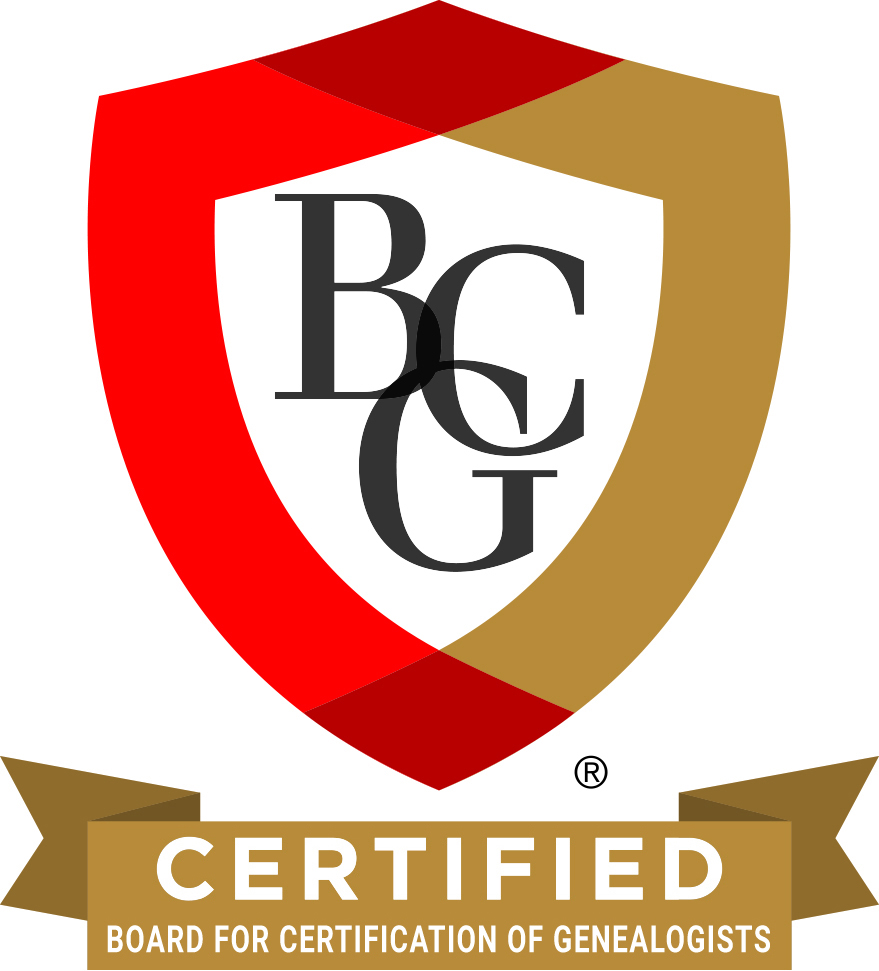
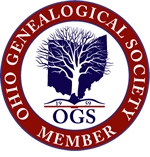

You're welcome, Karen. I'm still working on this also. Thank you so much for all of your wonderful Mercer County…
Very interesting and great picture (I had neersee before) of the church! Thanks for sharing this, Karen.
Ha! I see why you say that. Your original surname was probably something similar to Schmitt.
Thank you for letting me know.
I guess he could have picked a worse name lol, Thanks Karen